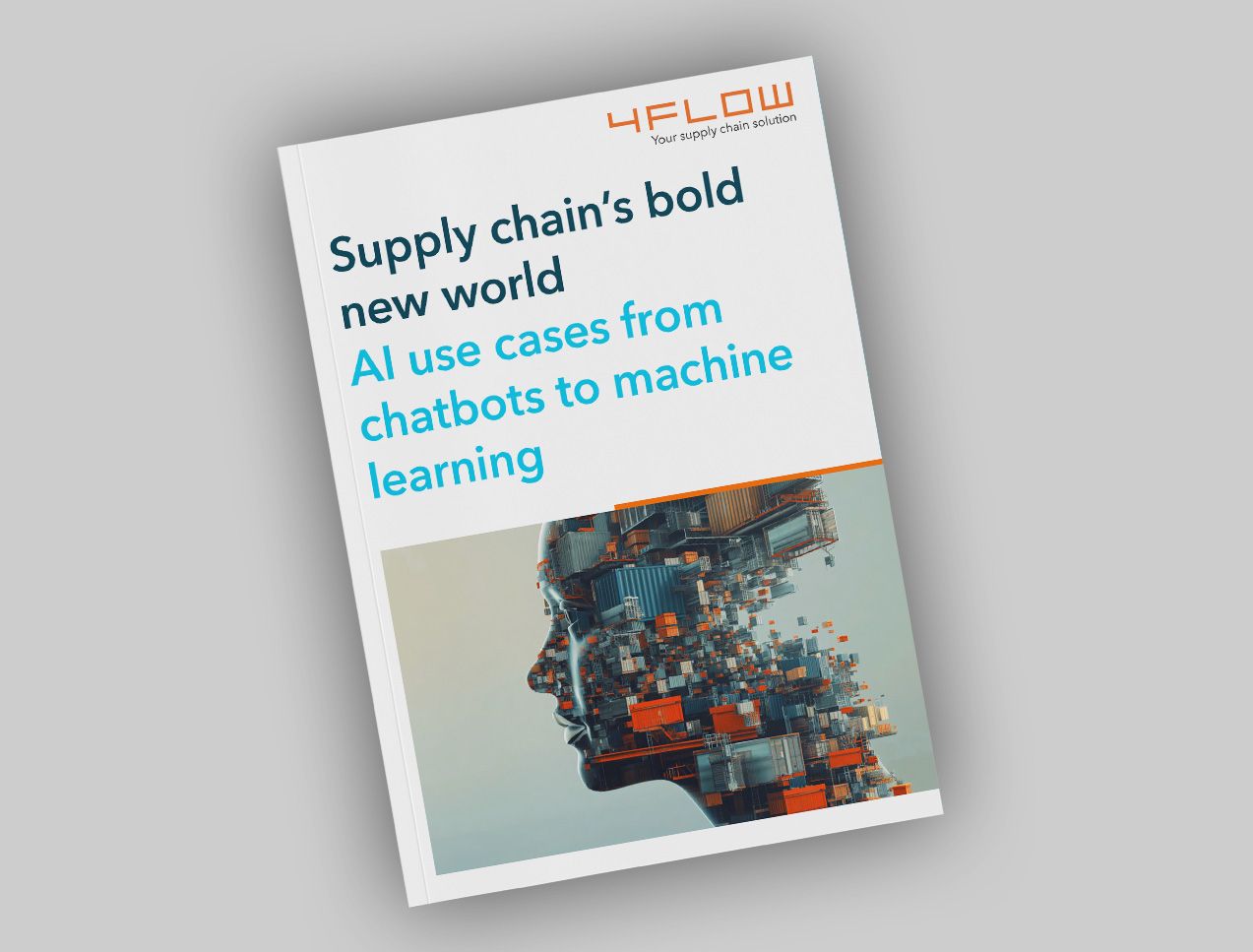- Insights & events
- Blog

Blog | November 24, 2025
Tackling unplanned downtime with AI
Is AI-enabled predictive maintenance on your radar?
Unplanned downtime remains one of the most persistent challenges in supply chain operations, often triggered by the unexpected breakdown of critical assets. From delivery trucks stalling mid-route to production-line machinery coming to a halt, these mechanical disruptions can lead to cascading delays, missed deadlines and increased operational costs. Ultimately, they jeopardize customer satisfaction and erode profit margins. Predictive maintenance offers a forward-looking solution that leverages data and machine learning to identify early warning signs and service equipment before a failure occurs. With AI-driven insights and real-time monitoring, organizations can shift from reactive firefighting to proactive, strategic asset management.
The impact pathways of AI-driven predictive maintenance
Many companies still rely on fixed, maintenance schedules when it comes to servicing critical supply chain equipment, including vehicles, warehouse equipment like forklifts and robotics, and cold-chain equipment such as refrigeration systems. These schedules are often based on manufacturer guidelines. While this provides basic protection, it often misses issues that arise between checkups, leading to costly equipment failures, unplanned downtime and disrupted operations. AI-powered predictive maintenance tackles this problem by detecting early signs of wear or failure before they escalate. By continuously monitoring critical data, AI algorithms uncover performance trends, detect anomalies and forecast potential problems with far greater accuracy than traditional methods.
Dynamic planning with AI-driven predictive maintenance
AI-driven predictive maintenance enables organizations to move from rigid, time-based maintenance schedules to a dynamic, condition-based approach, performing maintenance only when truly needed. This not only improves equipment reliability, reduces downtime and strengthens supply chain continuity, but also allows companies to deliver higher service levels to customers by avoiding delays and maintaining trust. Maintenance can be aligned with planned shutdowns or low-demand periods, optimizing resources and minimizing operational disruption. At the same time, predictive insights create opportunities for cost savings, and better planning through informed decision-making. By leveraging AI in maintenance, organizations can enhance customer satisfaction and boost competitive advantage thanks to a more resilient and responsive supply chain.
Achieve significant cost reductions
At 4flow, we have seen multiple use cases where AI-driven predictive maintenance helps businesses optimize operations and reduce costs. For example, one automotive manufacturer was struggling with unexpected production stoppages and lacked clarity on the root causes. 4flow implemented AI-driven software that analyzed both historical and real-time data, alerting the manufacturing team to potential issues well before production was affected. In parallel, a root cause analysis identified key drivers of the stoppages, including fluctuating supplier performance and the high complexity of certain articles. With these insights, the company could take proactive measures to prevent disruptions, improving efficiency and lowering the costs associated with downtime. In projects like this, reductions in special deliveries can reach up to 20%, with total related costs falling by around 7%. Importantly, initiatives like this can be launched quickly and easily, starting with a standalone proof-of-concept. This allows companies to test feasibility without significant up-front investment and to see for themselves how AI can proactively safeguard production and strengthen overall supply chain performance.
Sound interesting? We look forward to hearing from you.
Contact usInterested in taking a closer look at AI applications for your supply chain?
Get started with AI and discover five practical use cases.


Authors


Dr. Laura Gellert
Head of the Data Science Team
4flow consulting


Maximilian Meyer
Senior Expert Data Science and Supply Chain
4flow research


Elliott Marovec
Consultant
4flow consulting